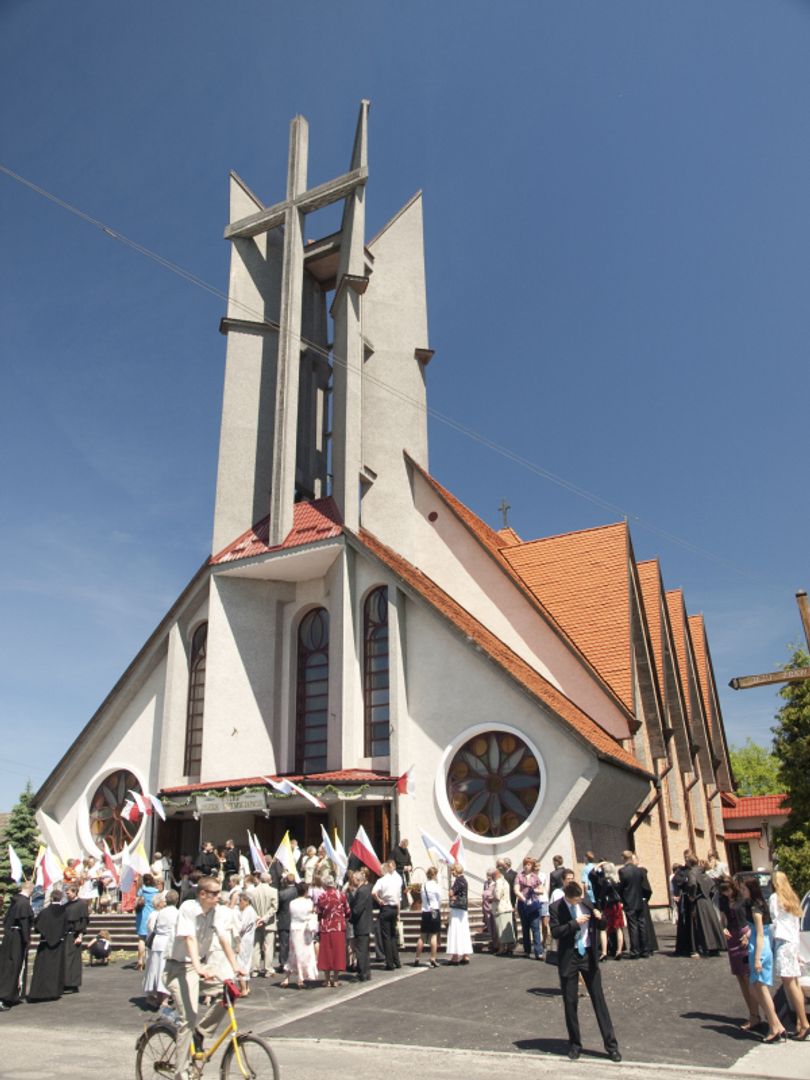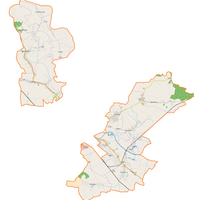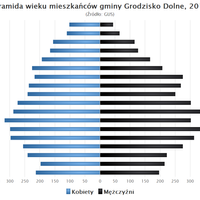Przeworsk I Deanery
6.9

Overview
The Przeworsk I Deanery is a unit of the Przemyśl Archdiocese, based in Przeworsk, with a history dating back to the late 18th century. It was established during the Josephine reforms implemented in Galicia, which aimed to reorganize church administration. In 1785, the Kańczuga Deanery was created, incorporating parishes from the Jarosław and Leżajsk deaneries. In 1787, the deanery was relocated to Przeworsk, marking the beginning of the Przeworsk Deanery. In 1978, it was incorporated into the Łańcut Archpresbyterate, and in 1987, it was divided into two units: Przeworsk I and II.
The deanery comprises various parishes, with the main pilgrimage site being the Collegiate Basilica of the Holy Spirit, also known as the Sanctuary of the Holy Sepulchre. Adjacent to the basilica is the monastic church of the Sisters of Charity of St. Vincent de Paul, dedicated to Our Lady of the Snows, where Perpetual Adoration of the Blessed Sacrament has been held since 2006. The deanery boasts a rich history of religious orders, including the Sisters of Charity, the Servants of the Immaculate Conception of the Blessed Virgin Mary from Stara Wieś, and the Felician Sisters, all of which have long-standing traditions in the region.
Architecturally, the parishes within the deanery feature a variety of styles, ranging from Neo-Gothic to Baroque, reflecting the changing tastes and needs of the faithful over the centuries. Beyond its religious significance, the deanery holds considerable cultural value, serving as a hub for numerous local traditions, rituals, and pilgrimages that attract both tourists and pilgrims. Interestingly, the monastic communities organize numerous cultural events aimed at integrating local communities and promoting Christian values.
The deanery has achieved significant stability in spiritual governance, as evidenced by the names of many distinguished deans, including the current dean, Fr. Prelate Tadeusz Gramatyka, who has held the position since 2012. The clergy's commitment to the spiritual and cultural development of the deanery, along with its history of reforms and reorganizations, underscores its rich tradition and importance not only to the local community but also to the entire archdiocese.
Location
You can also find here:
2025 Wizytor | All Rights Reserved









